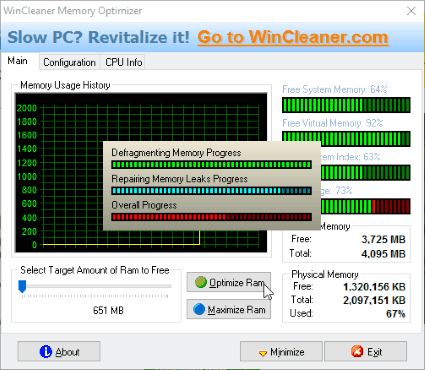

It analyzes your Excel workbook and if possible, compresses it further.

Taking the time to learn best practices in efficient model design will pay off down the road for any model you create and use, whether you’re viewing it in Excel 2013, Microsoft 365 SharePoint Online, on an Office Web Apps Server, or in SharePoint 2013.Ĭonsider also running the Workbook Size Optimizer.

In this article, you’ll learn how to build a tightly constructed model that’s easier to work with and uses less memory. For workbook data models that contain millions of rows, you’ll run into the 10 MB limit pretty quickly. Finally, in Microsoft 365, both SharePoint Online and Excel Web App limit the size of an Excel file to 10 MB. Second, large models use up valuable memory, negatively affecting other applications and reports that share the same system resources. First, large models that contain multitudes of tables and columns are overkill for most analyses, and make for a cumbersome Field List. There's effectively little difference between these versions of Excel.Īlthough you can easily build huge data models in Excel, there are several reasons not to. However, the same data modeling and Power Pivot features introduced in Excel 2013 also apply to Excel 2016. Note: This article describes data models in Excel 2013.


 0 kommentar(er)
0 kommentar(er)
